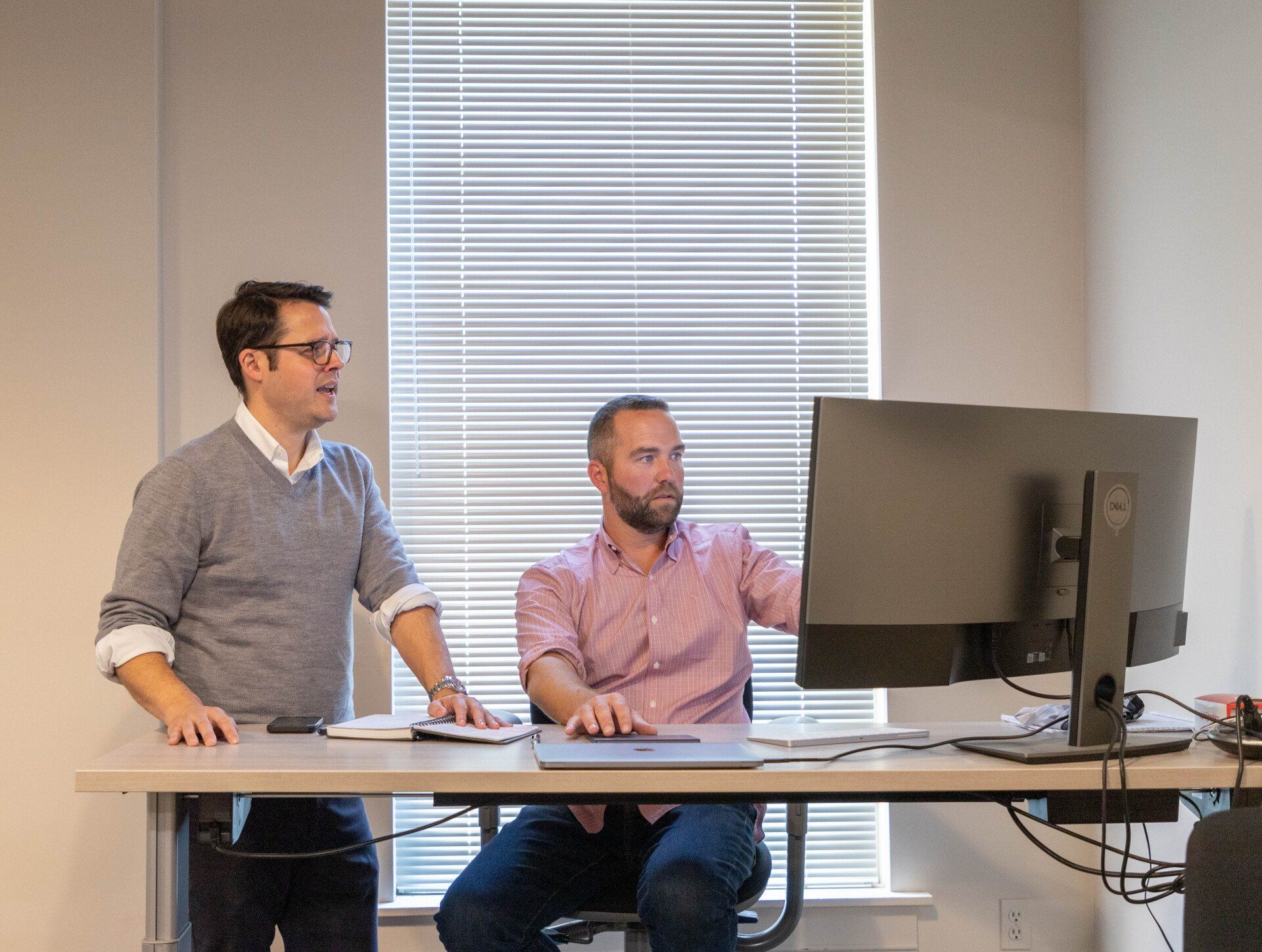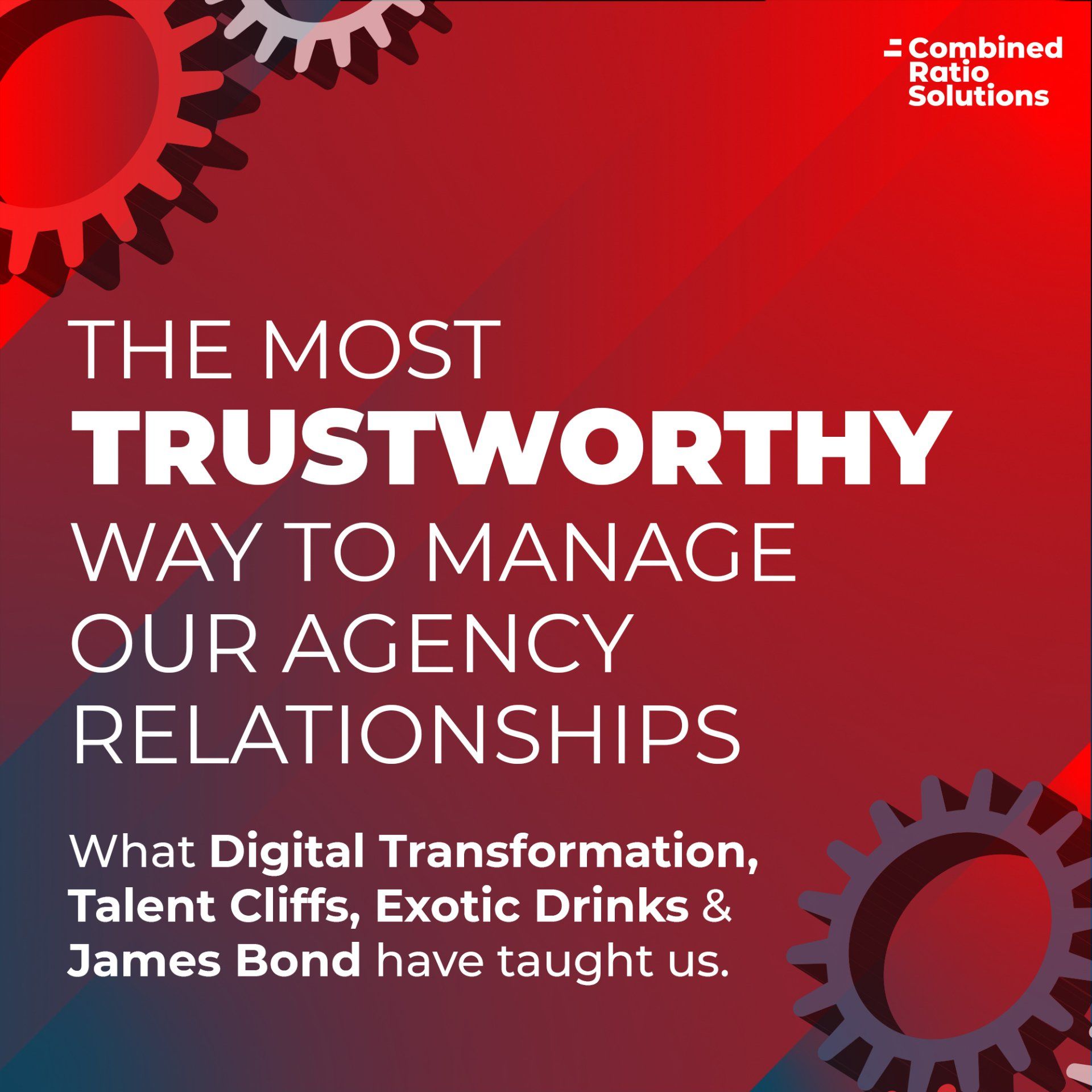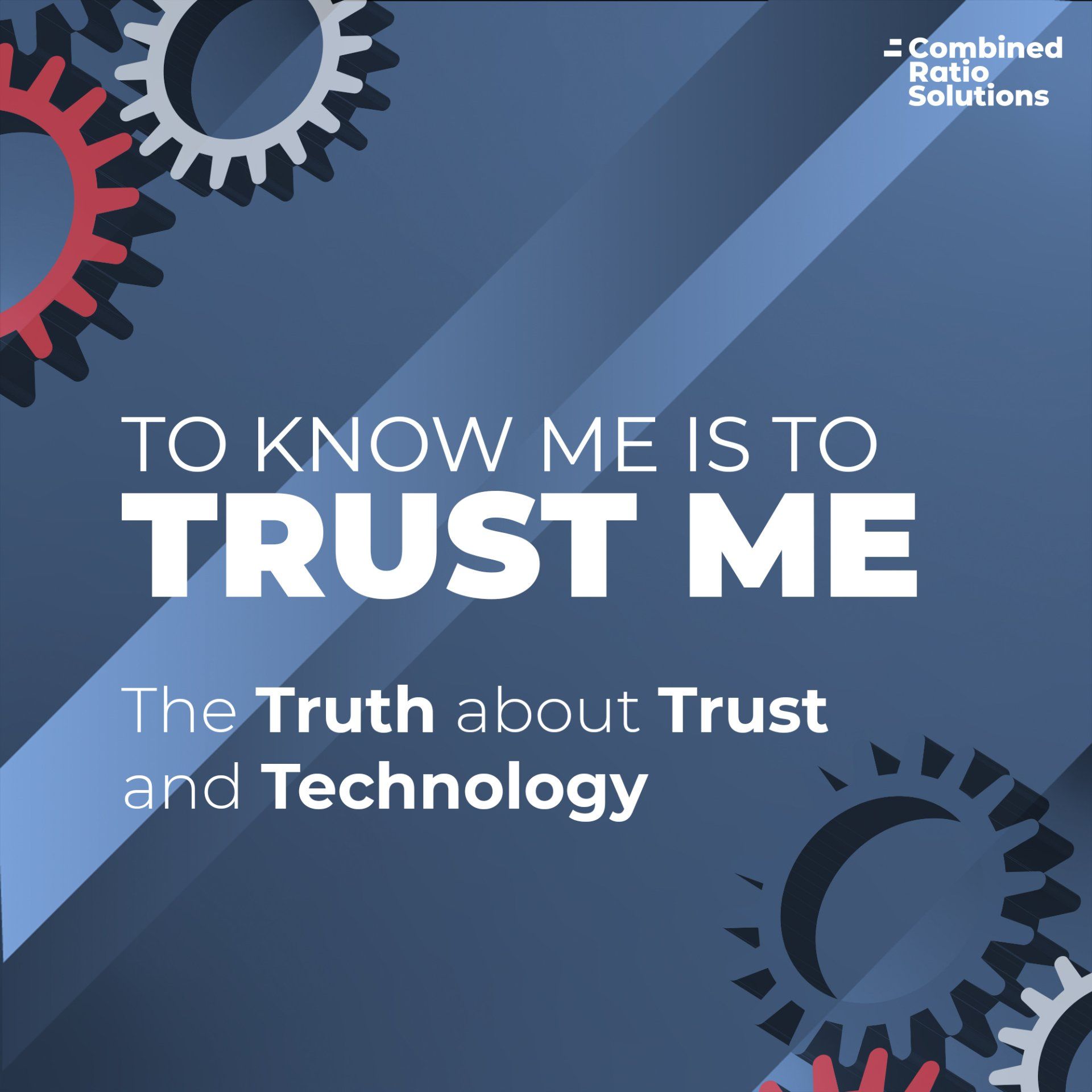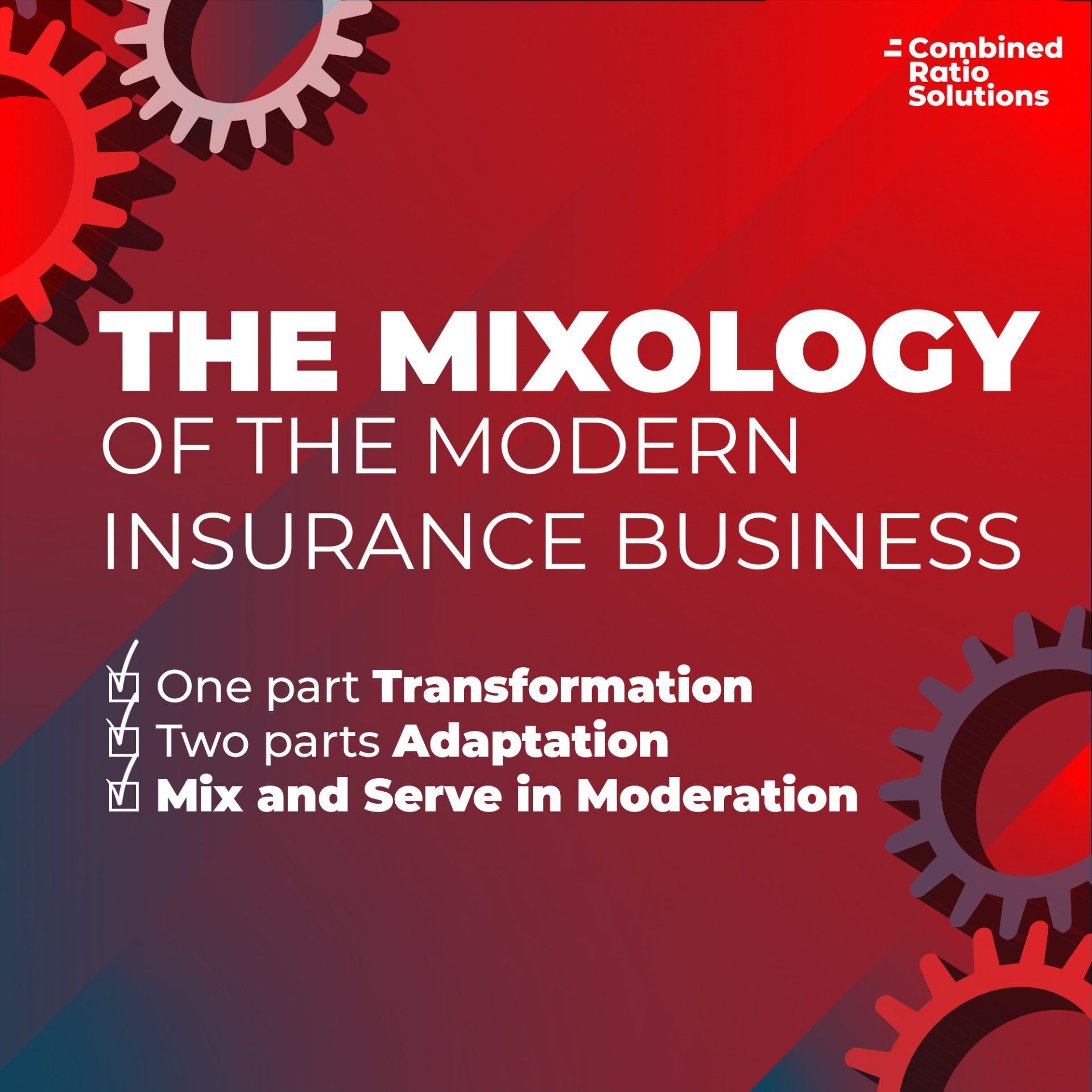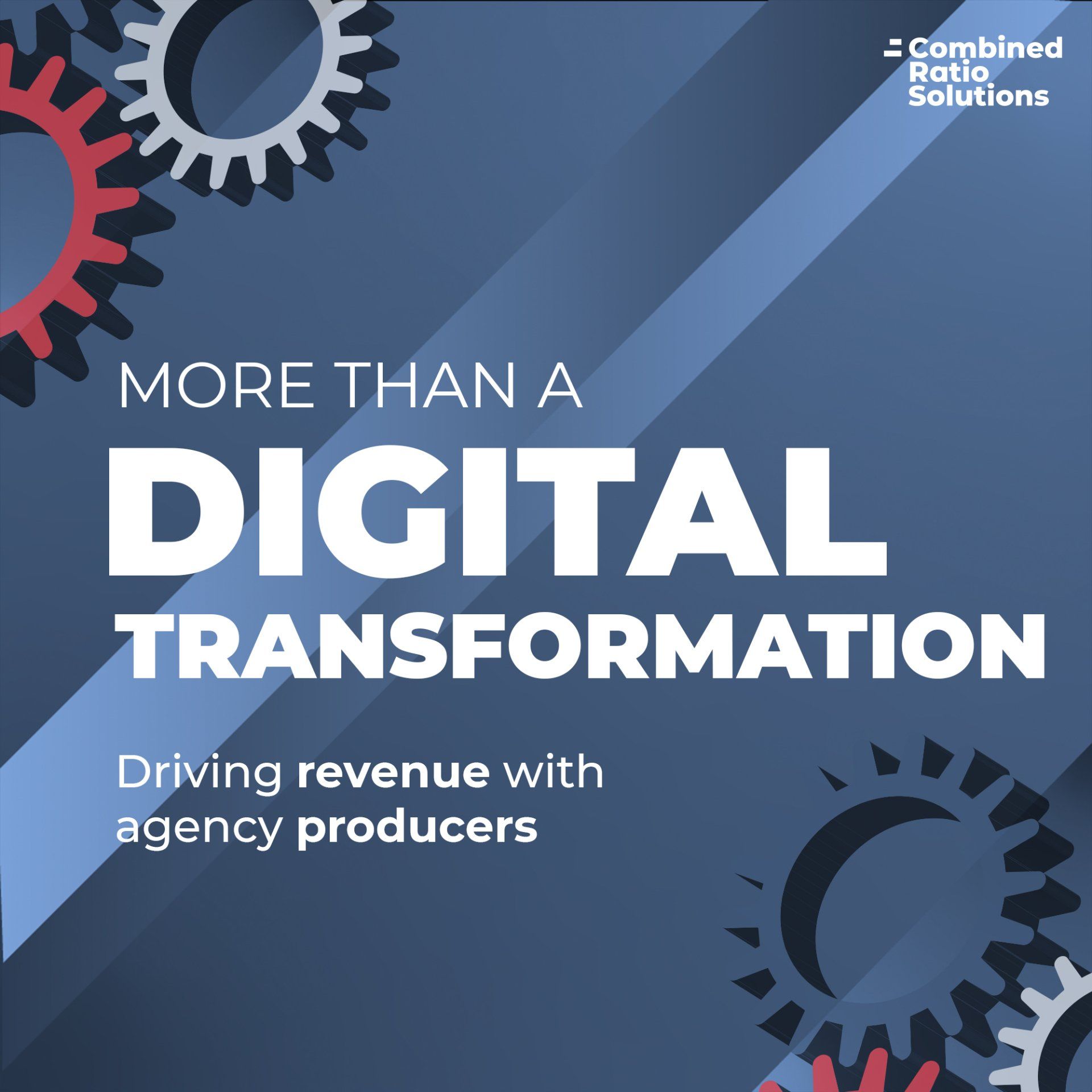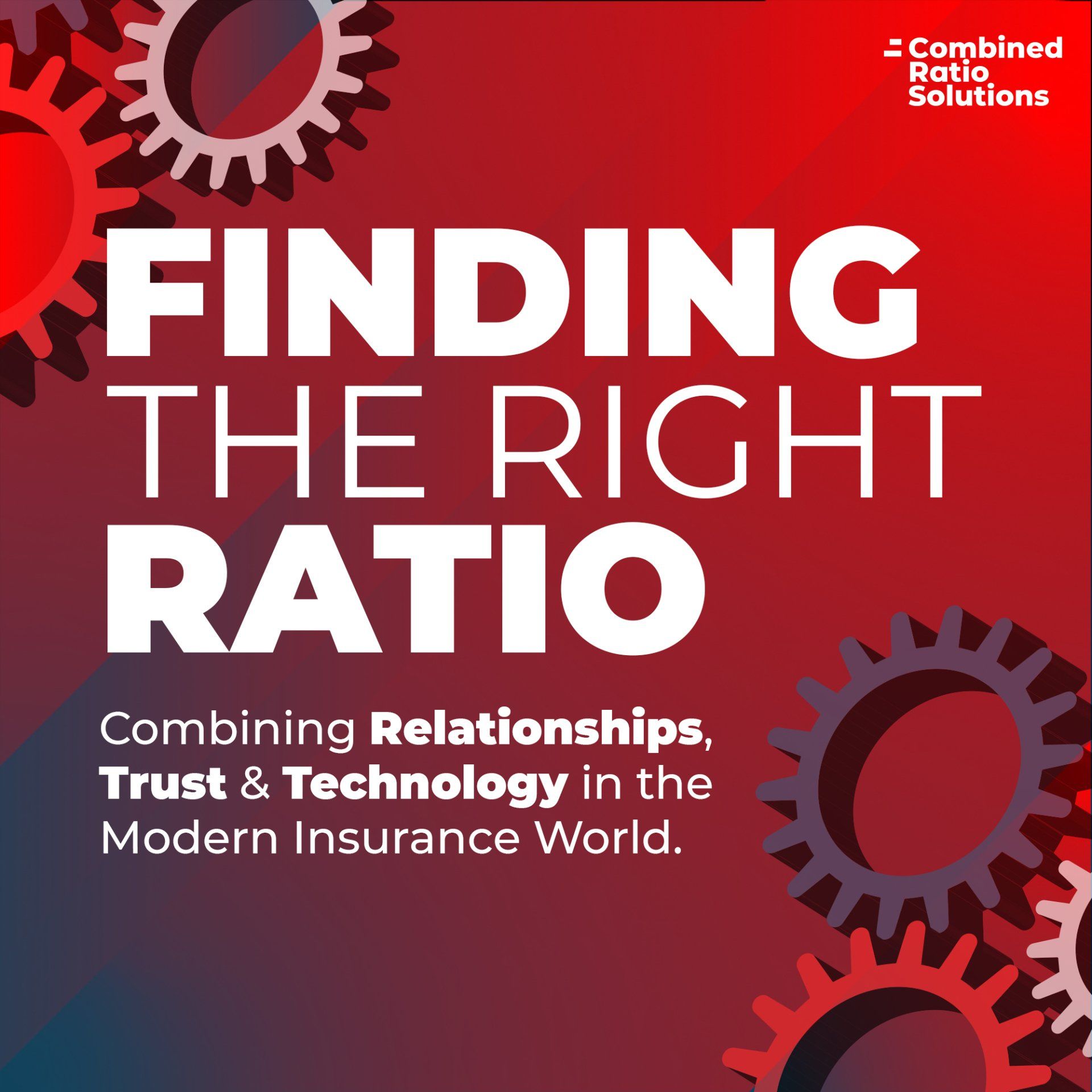The Immovable Object Meets the Irresistible Force
By Combined Ratio Solutions August 19th, 2021
In this blog series, we set out to help you establish a formula for combining technology and people into the right ratio so you can manage your agency relationships in the face of business and technological change. We promote balance here. It’s about finding the balance between technology and people. We’ve talked about facts and fictions of digital transformation and even looked at the “looming talent cliff.” We’re going to get back to that idea of balance. We acknowledge the value of transformative technology AND the need to use that technology to help us attend to our agency relationships combined with (not in place of) our sales and marketing “know-how.”
As usual we’re dealing with competing forces. On one hand, the belief that “technology solves all,” leaving no room for the “soft” skills of relationship management and people “know-how.” The other extreme is those stuck in the past, who assign little credit to technology and who see no promise of the change it brings to our agency business. The truth lies somewhere in the middle, which is the trickier course to navigate. The main challenge is how to gather, analyze and codify those “soft” skills.
A Battle of Wits – “The Immovable Object”
The “immovable object” represents those stalwart, skeptical views, that maintain the primacy of human relations leaving no room for the “irresistible force,” – the overwhelming onward slog of digital. What’s behind this polar opposite view?
The Immovable Object: Humans hate change. Despite all the fashionable management teachings of the last 50 years, people don’t like having their cheese moved, and most do not think that “change is good” (despite what they say in public.) Human beings may complain about it, but we like order, routine, and consistency. We’re comfortable. Human beings are not into change as it promotes the opposite and introduces uncertainty into our lives.
For evidence of this look no further than our old friend “the Pandemic.” There are many ideas and processes that were possible before the pandemic. Ideas that had been around and available for years (like remote work), yet they had never become mainstream. Remote work was perfectly viable, at large scale, but because we hate to change it was “under-adopted.” We need a reason to change. Just because we “can” do something doesn’t mean we “do.” Until we must. Enter the pandemic and for example the number of people “working from home” skyrockets despite the fact that technically this has not only been possible, but “easy”, for years. Take a look at this article from Sep 2018 and you’ll see what we mean. “The steady rise of Americans working from home continues. According to recently released data from the US Census, 5.2% of workers in the US worked at home in 2017—or 8 million people. That share is up from 5% in 2016, and 3.3% in 2000.” Not only does this data demonstrate a low number of workers, working from home, but the rate of increase being equally slow, despite the technical convenience. The pandemic accelerated the uptake of remote working. In other words, despite all the complaining about commutes and traffic, etc., people still preferred to trudge into the office…until they couldn’t.
This same intransigence explains the “Immovable Object” of resistance to technological change in how Carriers work with their agency partners. In other words, people will resist change where they can, despite those changes being available and some of the benefits being obvious.
“The Irresistible Force”
The idea that the opposing forces of digital transformation and technological change represents an “irresistible force” doesn’t need much explanation. It conjures up dramatic images and phrases all concerned with “being left behind”, becoming “yesterday’s news” and “dinosaurs.” “Time waits for no man, change, or die, progress,” blah, blah, blah. Combined with the modern phenomenon of FOMO (Fear of Missing Out) and we have a heady cocktail promoting change, the opposite of which promises the sober, cold gray light of loneliness, despair and death. Dramatic stuff that partially explains the race to embrace the latest and greatest technology has to offer for fear of being left in the dust!
As the workforce generations turn over, more members of this modern work force are digital natives. They have grown up with technology and are fluent in the language and behavior of “digital.” They have changing communications preferences (for example, via text rather than phone), are comfortable trading anonymity for convenience, and think that technology answers are the only answers.
Finally, technology is generally seen as saving money. Whether it’s a destroyer of jobs or liberator of people is a deep debate we won’t get into here, but technology adoption is usually seen as serving the goals of shareholder value and earnings reports. This provides more energy to the argument that “if it’s not a technology answer, its not an answer” thinking.
“The Combined Ratio” - What This Means to You and Your Team
It means that you need to find the right ratio – of technology and people – to continually adapt and improve how you manage your agency business. While humans love extremes (as they are simple and serve a dramatic picture) the best course is rarely at one end of the spectrum or the other.
Here’s what we say:
- Ensure that your people understand how you’re viewing the changing dynamics in the Agency businesses. Adopting a “business as normal” image trivializes what people have been through and supporting an idea of “nothing’s changed” is implausible meaning you’ll undermine credibility. Particularly with the digital natives that you already have, or will need.
- By the same token it’s not “all that went before is bad” and its time “to burn it down.” It’s not that institutionalized “know-how” doesn’t have value. It does. Capturing it, analyzing it, codifying it and leveraging it is the challenge.
- Find the balance of healthy skepticism and practical optimism. Despite the onslaught, change usually takes longer than we think (for a bunch of reasons). The image of Digital Natives on one shore and Luddites on the other might be dramatic, but it’s a myth, so don’t get seduced into believing it. You know that sensible technology, thoughtfully deployed and carefully combined with the attributes of experience and sales and marketing “know-how” will have major effects. Carriers need to acknowledge the power and role of human relationships (the soft skills know-how) and figure out how to combine that with the technology side. Finding that ratio will make all the difference.
